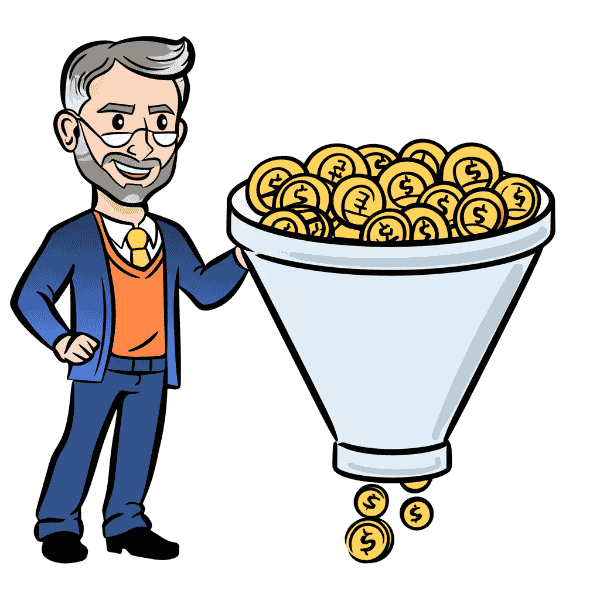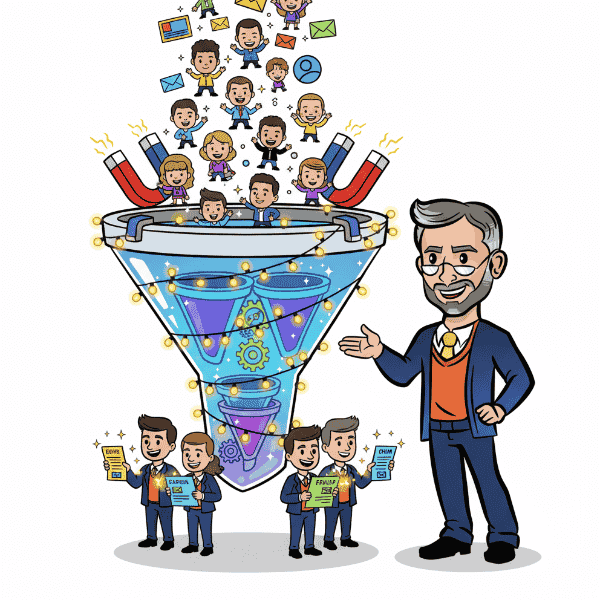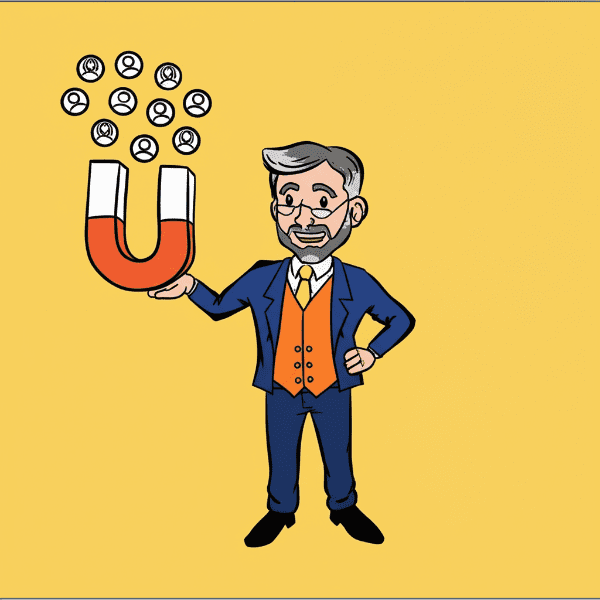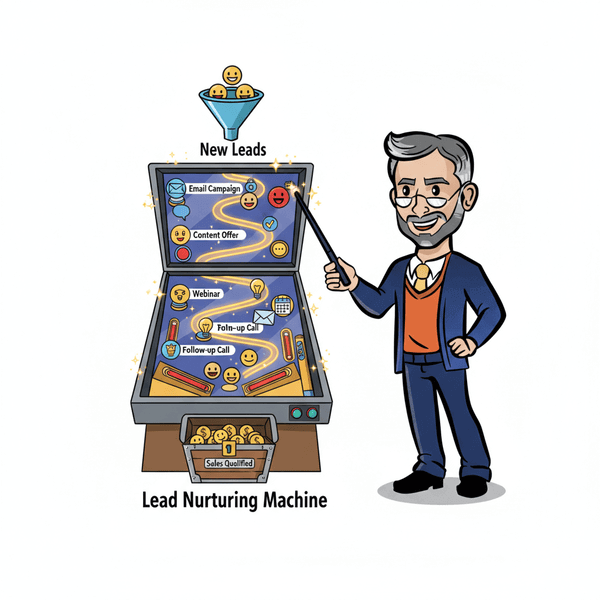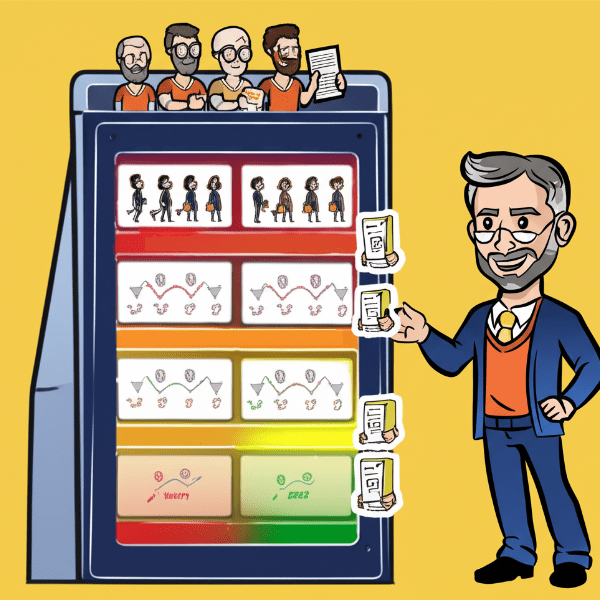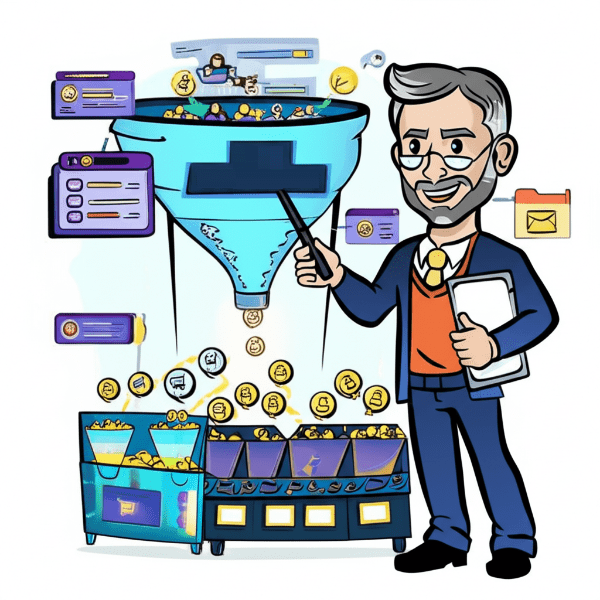Why Lifetime Value (LTV) Matters
Definition: Lifetime value (LTV) is a critical metric for any business focused on long-term growth and profitability. It measures the total revenue a customer is expected to generate over the entire duration of their relationship with your brand. For startups and scaling businesses, understanding LTV helps prioritize high-value customers, refine acquisition strategies, and allocate marketing spend more efficiently.
By calculating and optimizing lifetime value (LTV), businesses gain a clearer picture of customer loyalty, product-market fit, and recurring revenue potential. It’s not just about the first sale—it’s about maximizing the value of every customer over time.
Use It In A Sentence: We adjusted our ad budget after realizing that customers acquired through organic search had a much higher lifetime value (LTV) than those from paid social.

Benefits of Understanding Lifetime Value (LTV)
- Smarter Budget Allocation: Knowing LTV allows you to confidently decide how much to spend acquiring a customer—ensuring your cost per acquisition (CPA) stays profitable.
- Improved Customer Retention: Brands with high LTV focus on building deeper relationships with customers, leading to better retention rates and long-term loyalty.
- Better Product Decisions: LTV insights help identify which products or services bring in the most valuable customers, guiding development and pricing strategies.
- Enhanced Segmentation: Understanding LTV enables better audience segmentation—so you can prioritize efforts toward the most profitable customer profiles.
- More Predictable Revenue: High LTV businesses can forecast revenue more accurately and build stable, recurring income streams.
Key Elements of Lifetime Value (LTV)
- Average Purchase Value: The starting point of LTV—how much a customer typically spends per transaction.
- Purchase Frequency: Multiply the average order value by how often the customer buys within a specific timeframe.
- Customer Lifespan: The average time a customer continues buying from you before churning.
- Retention Strategy: Boost LTV by extending customer relationships through loyalty programs, subscriptions, or re-engagement campaigns.
- Cross-Sells & Upsells: Increasing LTV isn’t just about more purchases—it’s about increasing the value of each purchase through strategic offers.
- Customer Acquisition Cost (CAC) Ratio: Compare LTV to CAC to ensure you’re generating more revenue than you’re spending to acquire each customer.
More Definitions
(From the Sales & Marketing Jargon Encyclopedia)
- Customer Retention: The process of keeping a customer engaged and satisfied so they continue buying from your business over time.
Read More> - Cost Per Acquisition (CPA): The total cost of acquiring a new customer through marketing or sales efforts.
Read More> - Conversion Tracking: The process of monitoring and measuring actions taken by users, such as purchases or sign-ups, to evaluate campaign performance.
Read More> - Multi-Channel Lead Generation: The process of attracting prospects through multiple platforms, such as email, social media, and search, to maximise reach and conversions.
Read More> - Cost Per Lead (CPL): The amount spent to generate a single lead through marketing activities.
Read More> - Customer Onboarding: is the process of guiding new customers through the initial steps of using a product or service to ensure a smooth, successful start and long-term satisfaction.
Read More>
Useful Posts
(From the Sales Funnel Professor Blog)
- Top of Funnel: Organic Social Strategies: Learn how to build brand awareness using unpaid social media content and outreach.
Read More> - SEO Top of Funnel Strategies: Dive into organic tactics that increase visibility at the awareness stage without a paid budget.
Read More> - How to Find Low-Hanging Fruit in Sales & Marketing: Discover practical ways to identify quick wins and easy-to-implement strategies that don’t require a big spend.
Read More>










